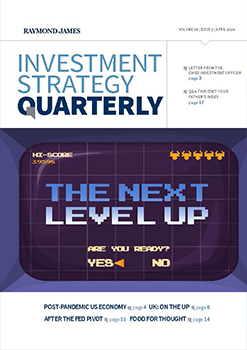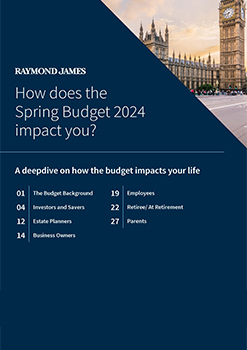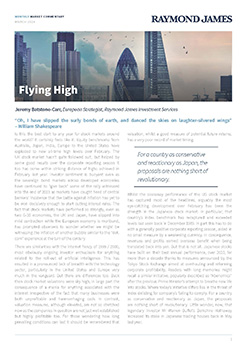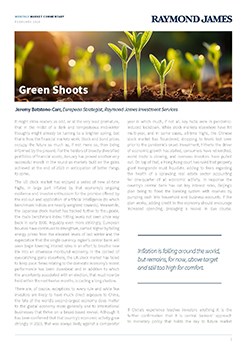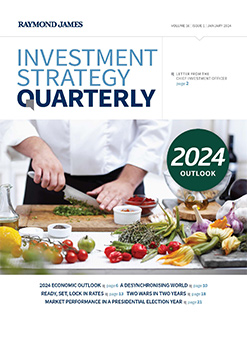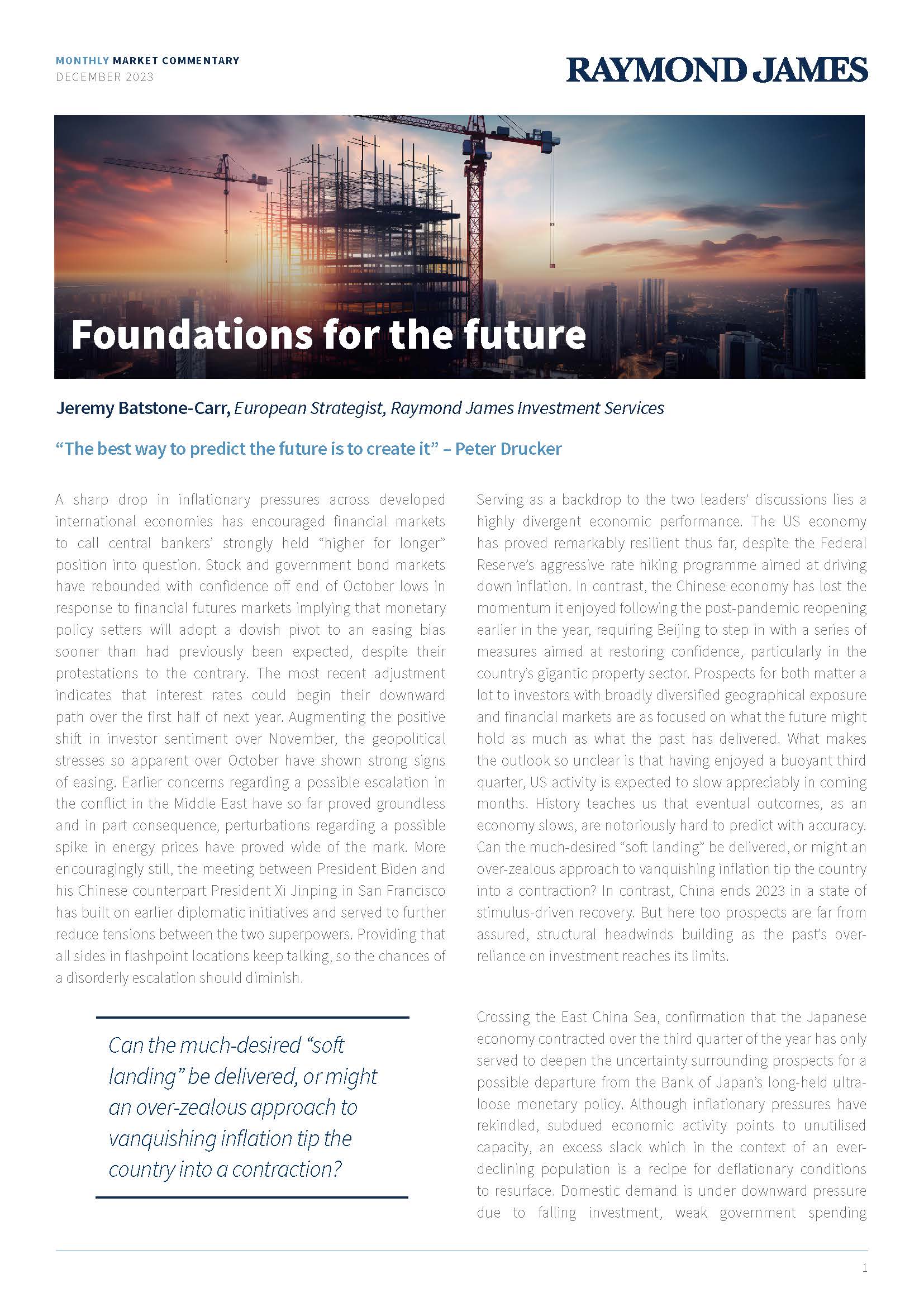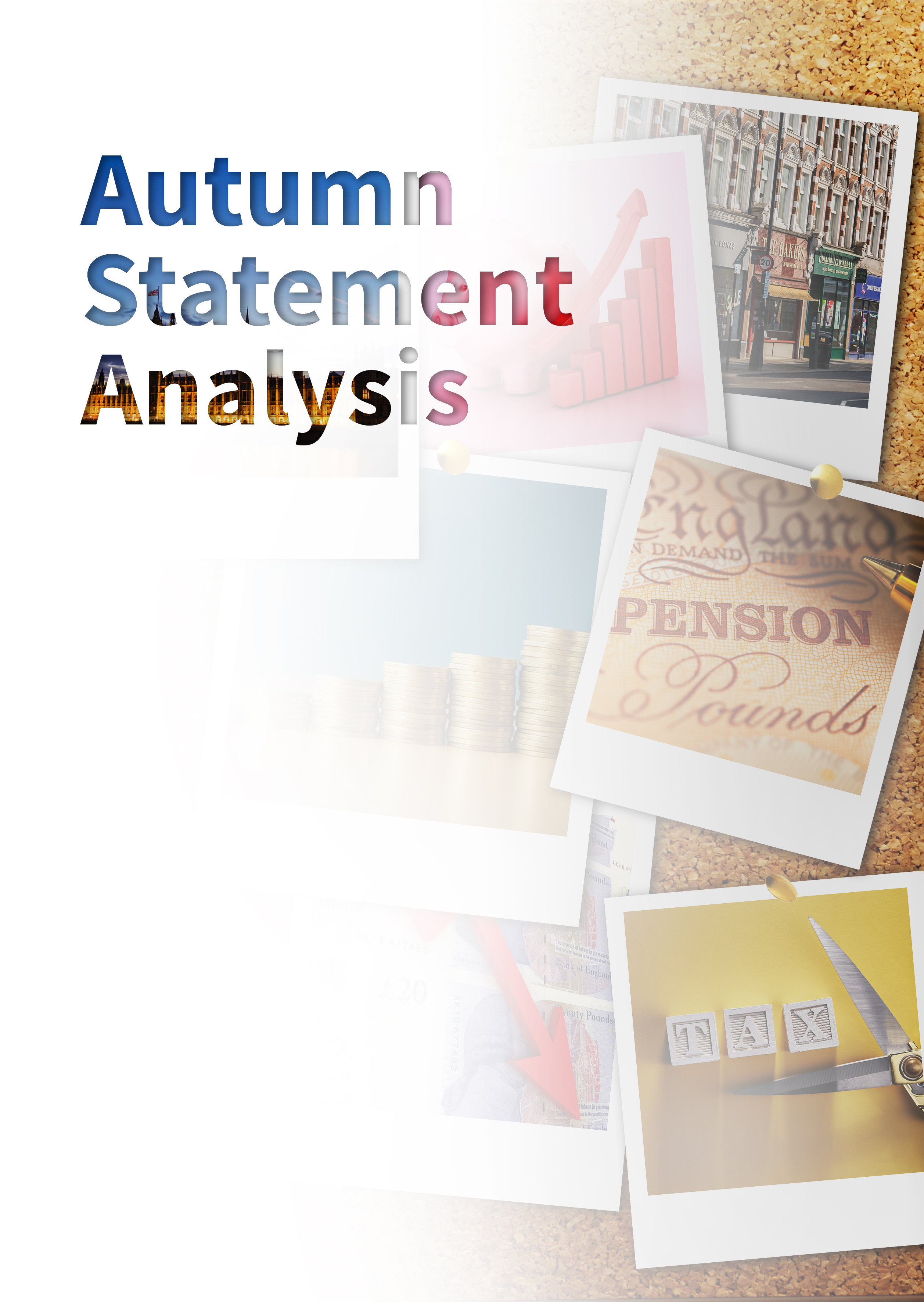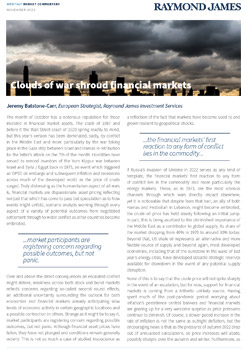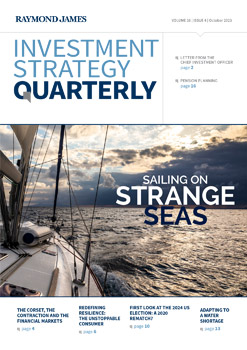Our latest Investment Strategy Quarterly provides informed insights on what the US economy looks like post-Pandemic, the improving UK economy, the changing prices of crops, and asks ‘Is the average stock still worth owning?’. Read all this and more in Investment Strategy Quarterly: The Next Level Up.
Loading...

